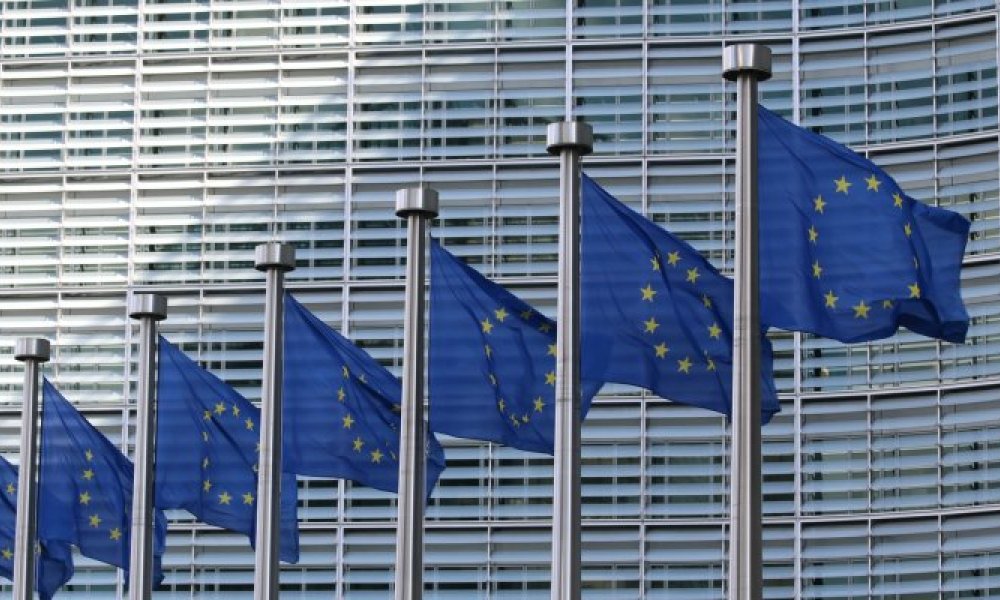On July 14th, the European Commission published an unusually extensive legislative package called "Fit for 55". The package outlines a plan to help the EU meet its target of a 55% greenhouse gas emission reduction by 2030, compared to 1990.
The package is meant to align the EU's laws with its ambitious climate targets to become climate neutral by 2050. The proposal is not cemented in law until the negotiations are finalized, but the message to the market is clear: Pollution of air, soil and water will become more expensive while favorable terms will nudge the uptake of renewable energy and zero emission technologies.
"Fit for 55" Summary
In brief, the proposal includes measures to increase renewables, enhance energy efficiency, control emissions trading and carbon border adjustments. All the measures are designed to help reduce emissions in the EU without increasing emissions in other geographies.
-
Extended Emissions Trading System
The EU Emissions Trading System (ETS) will be extended to incorporate maritime transport emissions from 2023. Road transport and buildings will get a separate emissions trading system from 2025.
-
Launch of New Carbon Toll System
Carbon pricing of imported goods is central to avoid pushing carbon-intensive production outside of Europe. A Carbon Border Adjustment Mechanism (CBAM) is a climate toll measure to be phased in by 2026 to 2036. It is designed to prevent the risk of carbon leakage and supports climate mitigation in the EU. The CBAM applies to iron and steel, cement, fertiliser, aluminum, and electricity generation. These are products with a high risk of carbon leakage, meaning that carbon-intensive production moves to countries with lower emission standards, or the replacement of EU goods by imported, more carbon-intensive products.
Phasing Out Diesel and Gas Vehicles
Vehicle emission reductions will be 55% by 2030 and 100 percent by 2035. The tightened regulation indicates that only zero-emission vehicles will be available for sale after 2035. Green mobility, especially in the form of electrification, electric vehicle charging, and grid infrastructure will be rolled out.
-
Safeguarding Social Equality
A new Social Climate Fund will be established to reduce inequalities in the EU member states and disadvantaged citizens during the green transition.
-
Increase in Renewables and Energy Efficiency
A new 40% renewable energy consumption target is set by 2030, up from the current 32% target. A renovation wave will be driven by energy efficiency in buildings. The public sector will be required to renovate three percent of its buildings annually.
***
Sources: EU Commission
- European Green Deal: Commission proposes transformation of EU economy and society to meet climate ambitions
- Carbon Border Adjustment Mechanism: Questions and Answers
Implications for Solution Companies
A selection of solution companies that may benefit from the tightened climate-focused legislation are companies that operate within the solution themes "Renewable Energy" and "Smart Cities". Examples of solution companies within renewable energy are the wind turbine manufacturer TPI Composites and Vestas Wind Systems, as well as grid company Prysmian. Companies within the smart cities segment that may benefit from the renovation wave are insulation companies like Rockwool, Kingspan as well as energy efficiency enablers like Legrand and Signify. Smart cities as an investment theme also encompasses zero emission transport, where companies like electric bus manufacturer BYD or the bike producer Giant Manufacturing may benefit from increased demand of their products.




